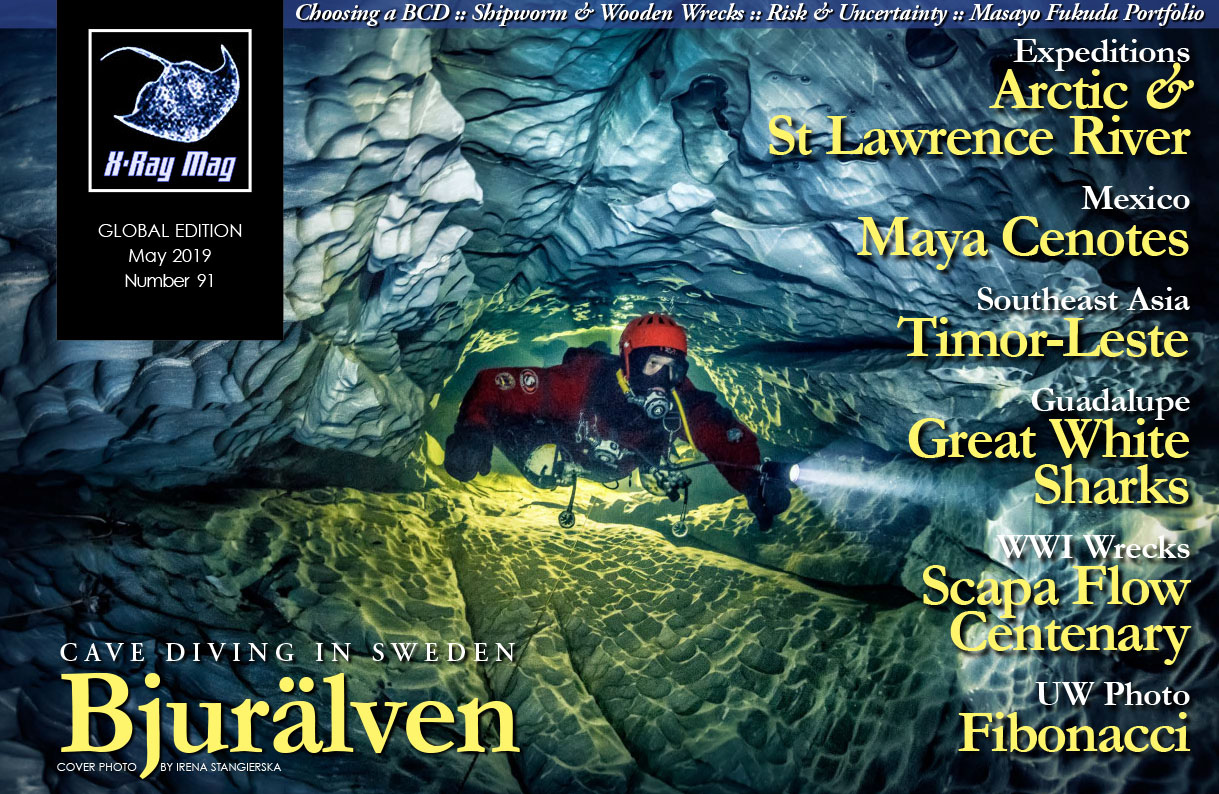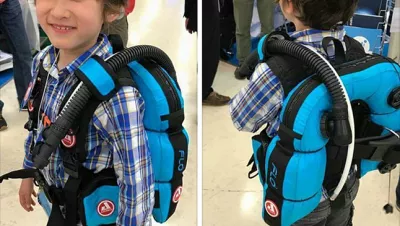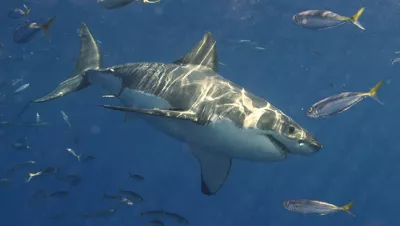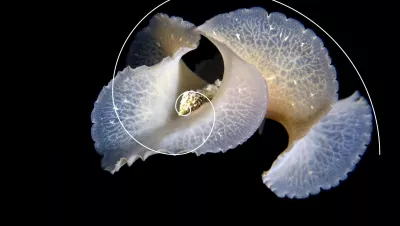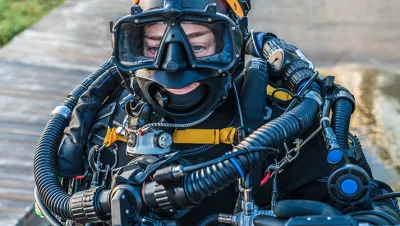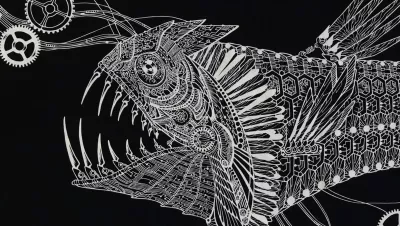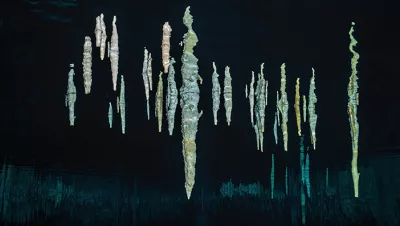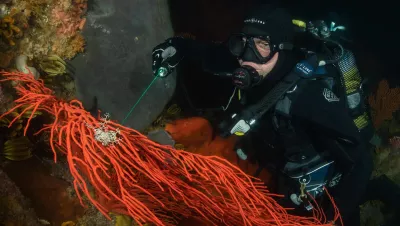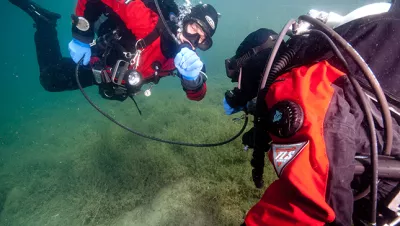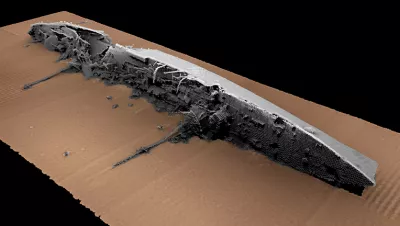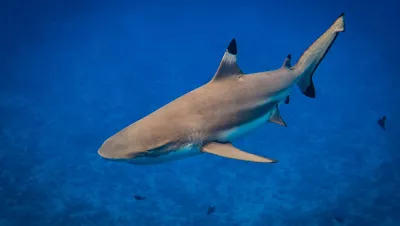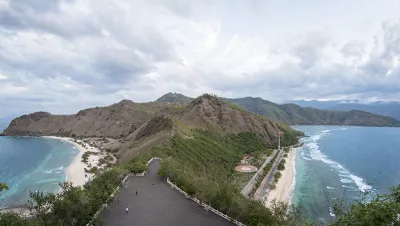The waters of Bjurälven flows from Norway’s mountains and into the Swedish province of Jämtland where the river meanders its way past the peaks and through the valley of Bjurälv where it is engulfed by the earth and disappears underground. In a thunderous roar, the great mass of water is swallowed by what is known as the Bjurälven Grotto, only to reappear more than one and a half kilometres away.
